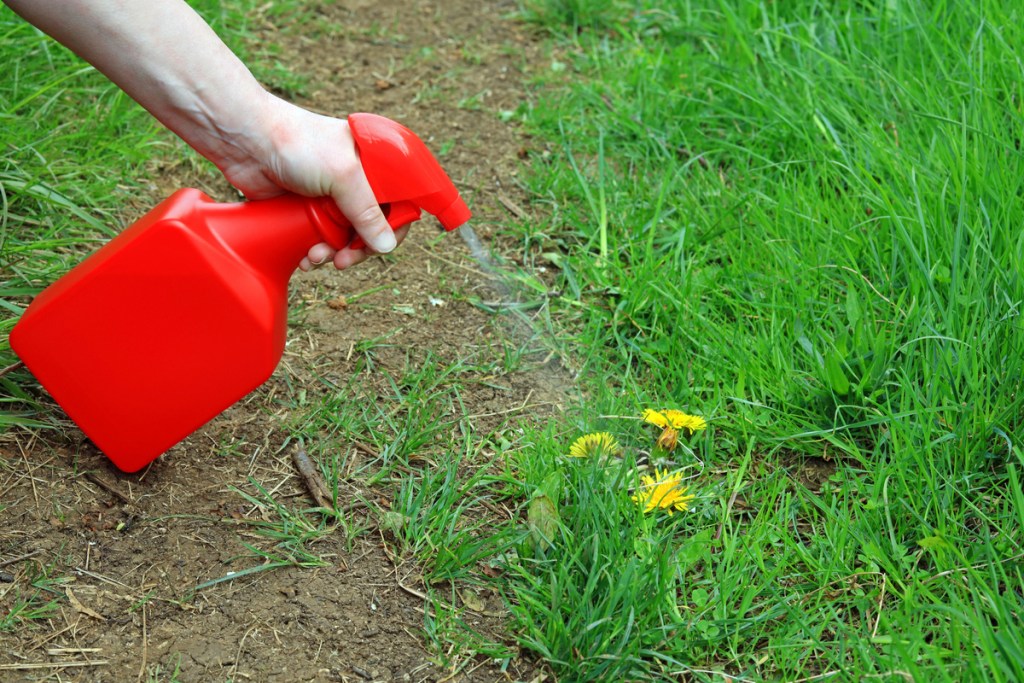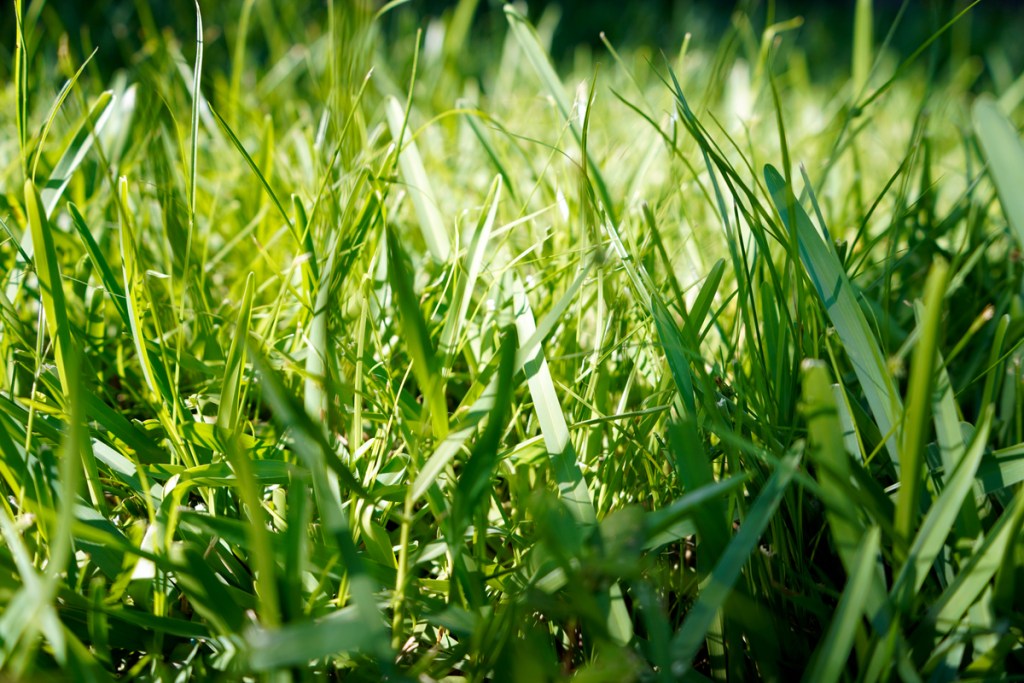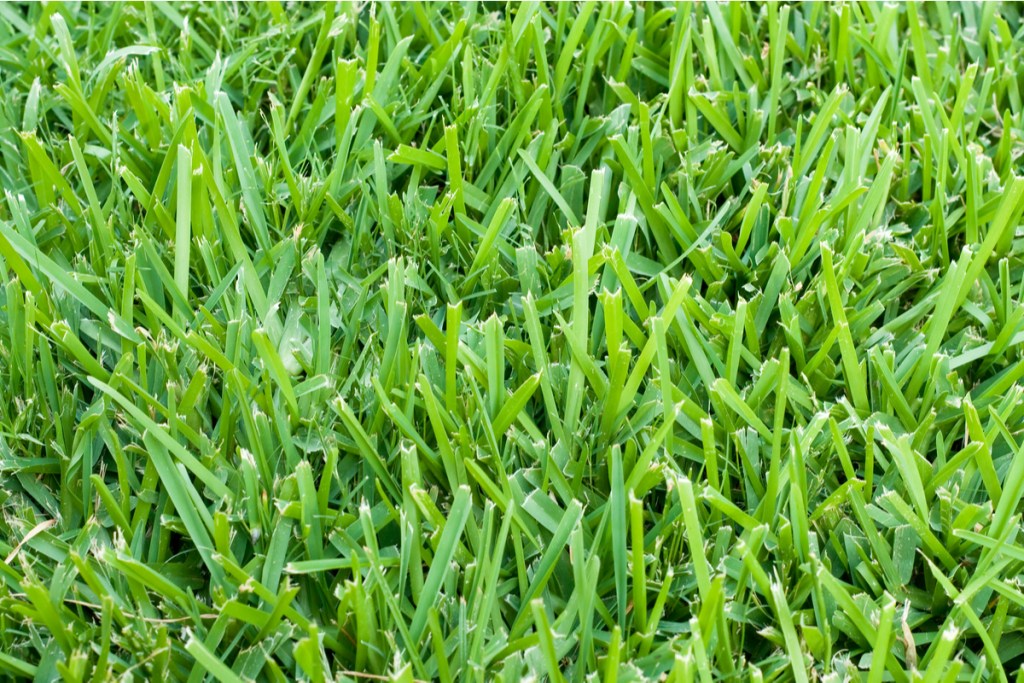Too Much Weed and Feed on Grass
Lawn care can be tricky to get right. Too much of one thing or not enough of another and you might end up with a brown, patchy lawn. There are chemical treatments you can use, and organic weed killers as well, but one common phrase you may see on products is weed and feed. If you've never heard of weed and feed, or if you've seen it but haven't looked into it, then you might be unsure about what it is. What does it do for your lawn, and what are the downsides? Are there any natural alternatives to it? We've got the answers to your questions in this simple guide to weed and feed.
What is weed and feed?
Weed and feed is a category of chemical lawn treatments intended to get rid of weeds and strengthen your grass. It's a broad category, and there are many different chemicals used for weed and feed treatments. Typically, weed and feed treatments contain two chemicals. One targets the weeds and the other feeds the grass. These chemicals are mixed together and applied to the lawn.
Although there are many chemicals used in these products, there are a few that are more common than others. Dicamba, clopyralid, 2, 4-D, and triclopyr are all commonly used weed killers in weed and feed. The feed part of weed and feed can be any fertilizer. Typically, they are heavy in nitrogen, phosphorus, and potassium, which are the three nutrients plants need in the highest amounts.

What benefits does it offer?
The primary benefit of weed and feed is that it kills weeds and strengthens grass. Since there are many weed and feed products available, not all of them have the same level of effectiveness. However, on average, the weed and feed technique does work, at least somewhat.
Another benefit is that you're essentially getting two products in one. Instead of buying two separate products, a weed killer and a fertilizer, and applying them separately, you're able to get one product that you can apply once. This saves on time, money, and energy. Additionally, you don't need to worry about the two chemicals potentially reacting to each other once applied. Since they're bottled together, you can be reasonably sure they're safe.

Are there any negative effects?
Not every impact weed and feed has is good. Effects vary from product to product, but there are reports across multiple weed and feed treatments of lawn damage. Some damage occurs from improper use, which can happen by either applying too much at once or applying more often than recommended. Other damage seems to occur even with proper use.
As with any chemical treatment, there are environmental and health risks to consider. Chemicals used can linger on your grass and can leak into underground water reservoirs or be washed into rivers. This can harm wildlife or plants. Some chemicals pose health risks to humans as well. It's important to read the label of each product before using it, wear protective gear when applying it, and keep pets and children off the grass for a couple of days after use.
These negative effects can be amplified by how you apply weed and feed treatments; either sprayed or scattered across the entire yard. This may be fine for fertilizers, but weed killers are typically intended to be applied in targeted areas. This means that, by using weed and feed, you're using more of the weed-killing chemical than you otherwise would.

How quickly does weed and feed work?
The amount of time it takes to work can vary from product to product, depending on what chemicals it contains. However, on average, weed and feed takes a week to have any impact and can take up to three weeks to make a significant difference in your yard. It's important to read the packaging and instructions before using weed and feed. The product details can help you determine how quickly you can expect to see results and how long you should wait between applications.
What, if any, alternatives are available?
There are several alternatives for weed and feed. One easy way to cut down on the negative effects is to get separate weed killers and fertilizers. This allows you to target the weeds specifically, cutting down on the amount of weed killer used. There are also organic weed killers you can use, such as vinegar-based herbicides.
You can also hand weed your yard the same way you might hand weed your garden. It takes more time and effort, but is much easier on your lawn and the environment. Another alternative is to leave the weeds. Although we think of grass-only lawns as being more attractive, a mixed lawn that includes grass and other plants is a healthier ecosystem.
Weed and feed can be an effective way to get rid of weeds and fertilize your lawn. However, it can be harmful to your lawn and the environment. There are several alternatives that may not be quite as convenient, but they are effective and carry fewer risks. Now that you have all the facts, you can weigh your options carefully to make the best choice for your lawn.
Editors' Recommendations
- Your complete guide to espaliering: The unique feature perfect for small gardens
- How often should you turn your compost pile? What you need to know
- What is coconut soil, and how can it make your garden better?
- 5 amazing companion plants for Knock Out roses (and 3 you should skip)
- Complete guide to red thread lawn disease: How to keep your yard lush and green
Source: https://www.happysprout.com/gardening/weed-and-feed-lawns/
0 Response to "Too Much Weed and Feed on Grass"
Post a Comment